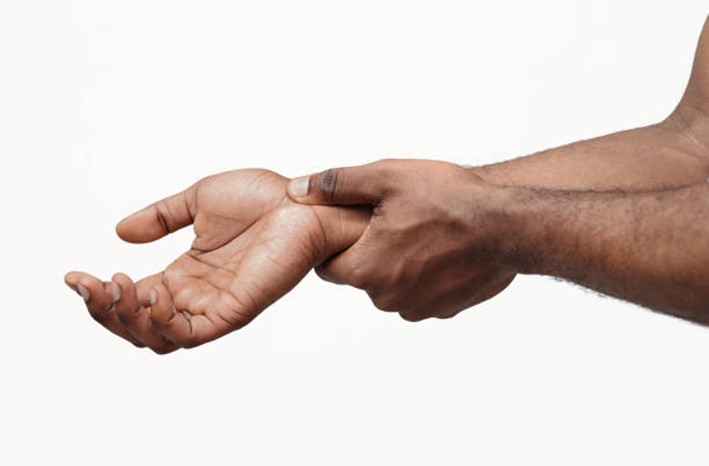Are your heels making walking uncomfortable or difficult? Heel pain has become a common foot problem. Pain usually occurs just under heels, on the sides or just behind it. Heel pain can be mild or disabling. There are different causes of heel pain but the most common are;
- Planter fasciitis is an inflammation of the band of tissue (the plantar fascia) that extends from the heel to the toes. This relates to faulty structures of the foot like people who have problems with their arches, either overly flat feet or high-arched feet, are more prone to developing plantar fasciitis.
Wearing non-supportive footwear on hard, flat surfaces puts abnormal strain on the plantar fascia.
Symptoms
- Pain on the bottom of the heel
- Pain in the arch of the foot
- Pain that is usually worse upon arising
- Pain that increases over a period of months
Treatment A physical therapist will show you a series of exercises to stretch the plantar fascia and Achilles tendon and to strengthen lower leg muscles. The therapist will also advise you on proper foot wear.
- Tight calf muscles (tibilias posterior).
Calf muscles insert on the foot. Specifically, the tibialis posterior insert into one of the foot bones on the heel (the navicular bone).
Tension on the tibialis posterior exerts pressure on its insertion and the origin hence causing pain on the foot or the knee. Calf muscles get tight if one does not do proper stretches frequently.
Symptoms
- Immediate heel pain on weight-bearing.
- Increased load from activities increases pain.
- No specific injury or activity identified as the cause.
- Change of foot shape. The heel tilts in to the medial side.
Treatment. Releasing tension on the calf with the help of a physiotherapist who will guide you on proper stretches.
- Calcaneal spur /heel spur
Occurs when a bony outgrowth forms on the heel bone. Calcaneal spurs can be located at the back of the heel (dorsal heel spur) or under the sole (plantar heel spur). When a foot is exposed to constant stress, calcium deposits build up on the bottom of the heel bone
Calcaneal spurs are typically detected by x-ray examination
Symptoms
- Inflammation and swelling at the front of the heel.
- Heat radiating from the affected area.
- Small, visible bone-like protrusion under the heel.
- Sharp pain like a knife in the heel when standing up in the morning.
- A dull ache in the heel throughout the rest of the day.
- Stress fracture: This is linked to repetitive stress, strenuous exercise, sports, or heavy manual work. Runners are particularly prone to stress fracture in the bones of the foot.
- Achilles tendonitis. Achilles tendonitis occurs when the tendon that attaches the calf muscles to the heel becomes painful or inflamed due to overuse injuries.
How can you prevent heel pain?
- Wear shoes that fit properly and support the foot.
- Wear the right shoes for physical activity.
- Stretch your muscles before and after exercising.
- Pace yourself during physical activity.
- Rest when you feel tired or when your muscles ache.
- Maintain healthy weight.

